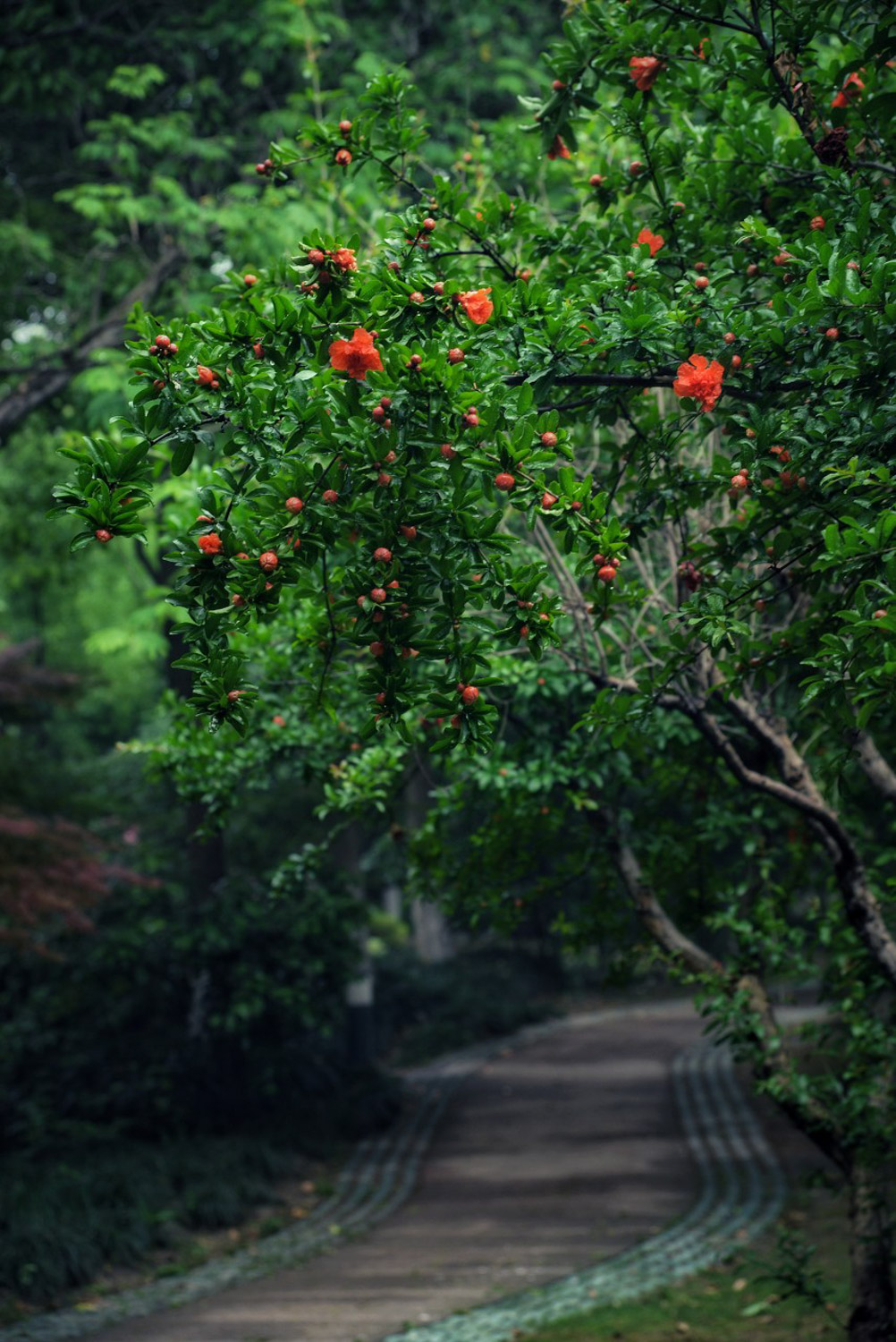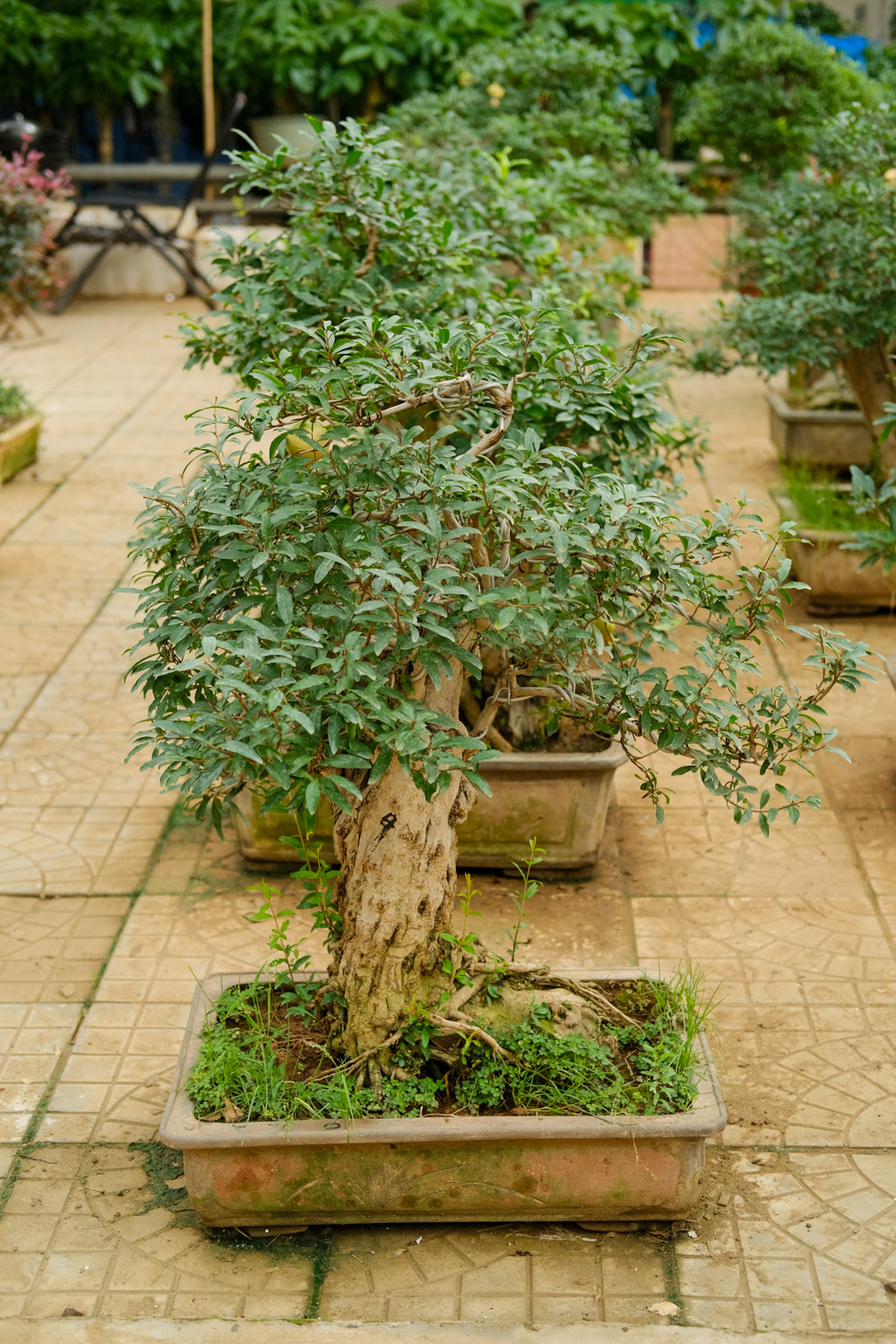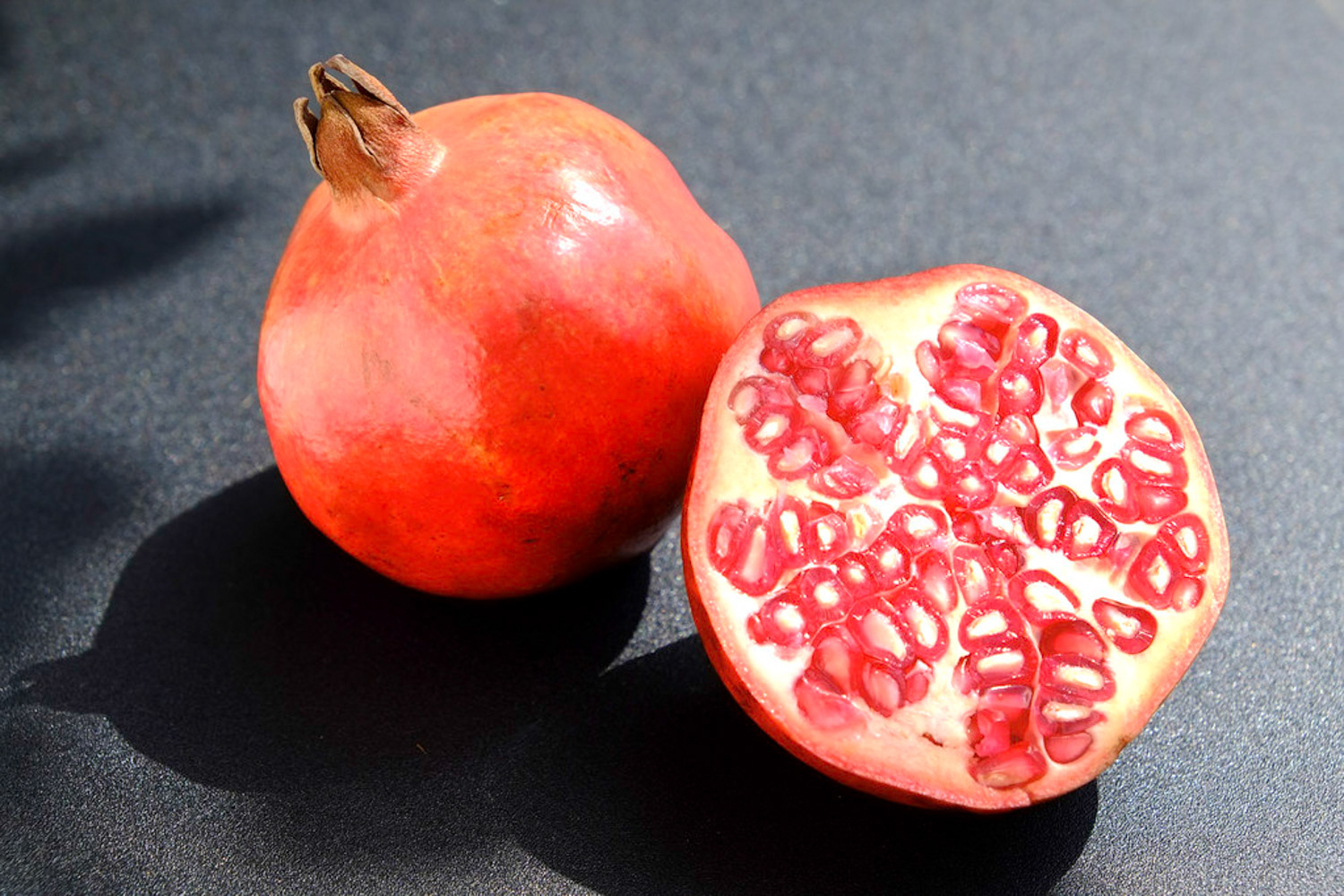1、 Winter shear
Winter is the dormancy period of pomegranate tree. At this time, it stops growing and pruning will not cause harm. First trim the big branches and only keep three main branches. Their distance should be about 80-100 cm, leaving a certain growth space. Trim the twigs again, and the upper and outer parts of the crown should be sparse. The inner bore branches can be slightly dense, but can not cross and overlap. The fruiting branches with flower buds should be preserved. If there are too many, some thin branches can be spared. In addition, 3-5 nutrient branches should be reserved for each fruit branch

2、 Spring scissors
Pomegranate trees begin to sprout in spring. The pruning time should be before flowering, usually from April to May. At this time, pruning is mainly to adjust the proportion of fruit branches and vegetative branches, which is controlled between 1:5 and 1:15. If there are too many fruit branches, the nutrient supply will be insufficient, resulting in small fruit growth. In addition, the buds and flowers should be sparse in time. Cut off the bell shaped flowers and tube shaped flowers and keep only the gourd shaped flowers

3、 Summer scissors
Pomegranate trees begin to bear fruit in summer, and pruning is generally carried out from June to July. Smaller fruits need to be cut off so that nutrients can be supplied centrally. Diseased fruits and insect fruits should also be cut off to prevent the spread of diseases and pests. In addition, appropriate thinning is required to cut off dense branches and bare branches to ensure internal ventilation and light transmission. If the main branches grow too close, they need to be pulled properly to keep the distance between them at about 80-100 cm

4、 Autumn scissors
Autumn is the stage of pomegranate fruit growth, so pruning should be carried out from August to October. Cut off the over dense branches so that the fruit can see the light and promote the growth of flower buds. At the same time, we should trim the roots, which can promote the growth of new roots and improve the cold resistance, which is conducive to winter

 how many times do yo...
how many times do yo... how many planted tre...
how many planted tre... how many pine trees ...
how many pine trees ... how many pecan trees...
how many pecan trees... how many plants comp...
how many plants comp... how many plants can ...
how many plants can ... how many plants and ...
how many plants and ... how many pepper plan...
how many pepper plan...
































